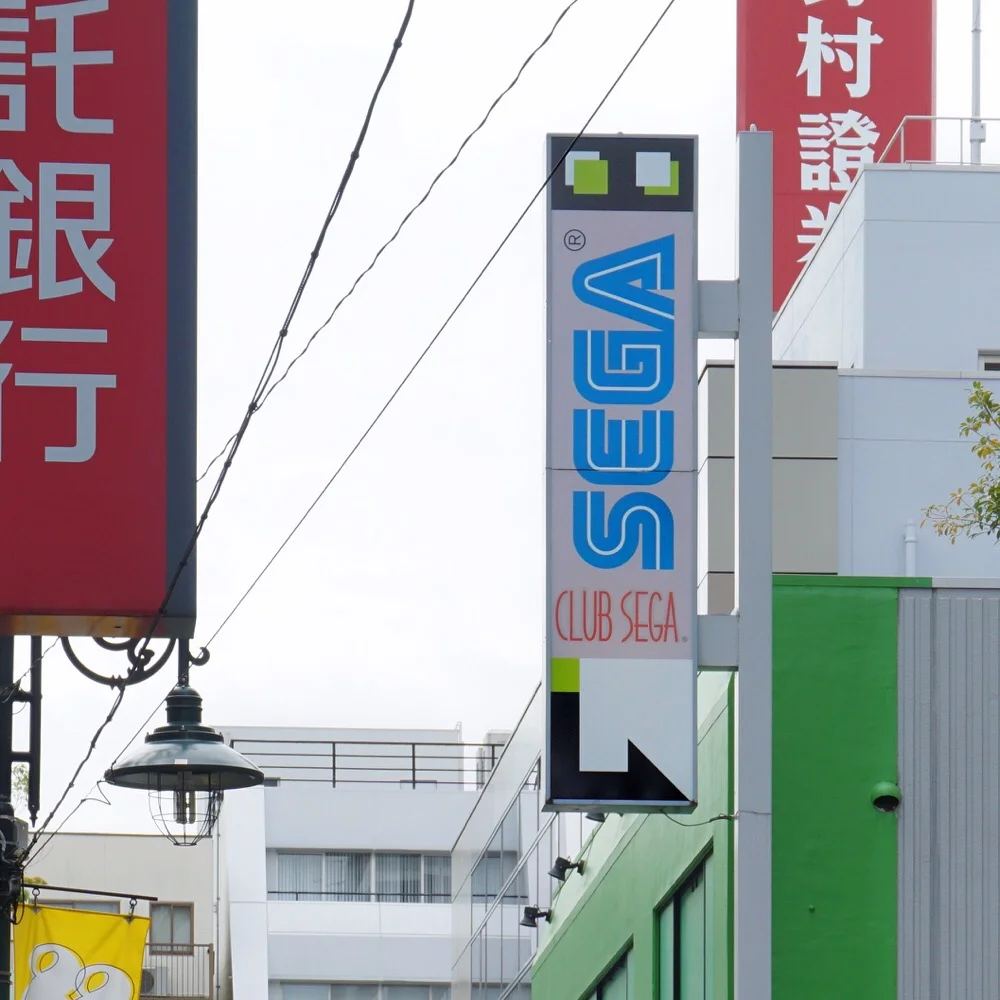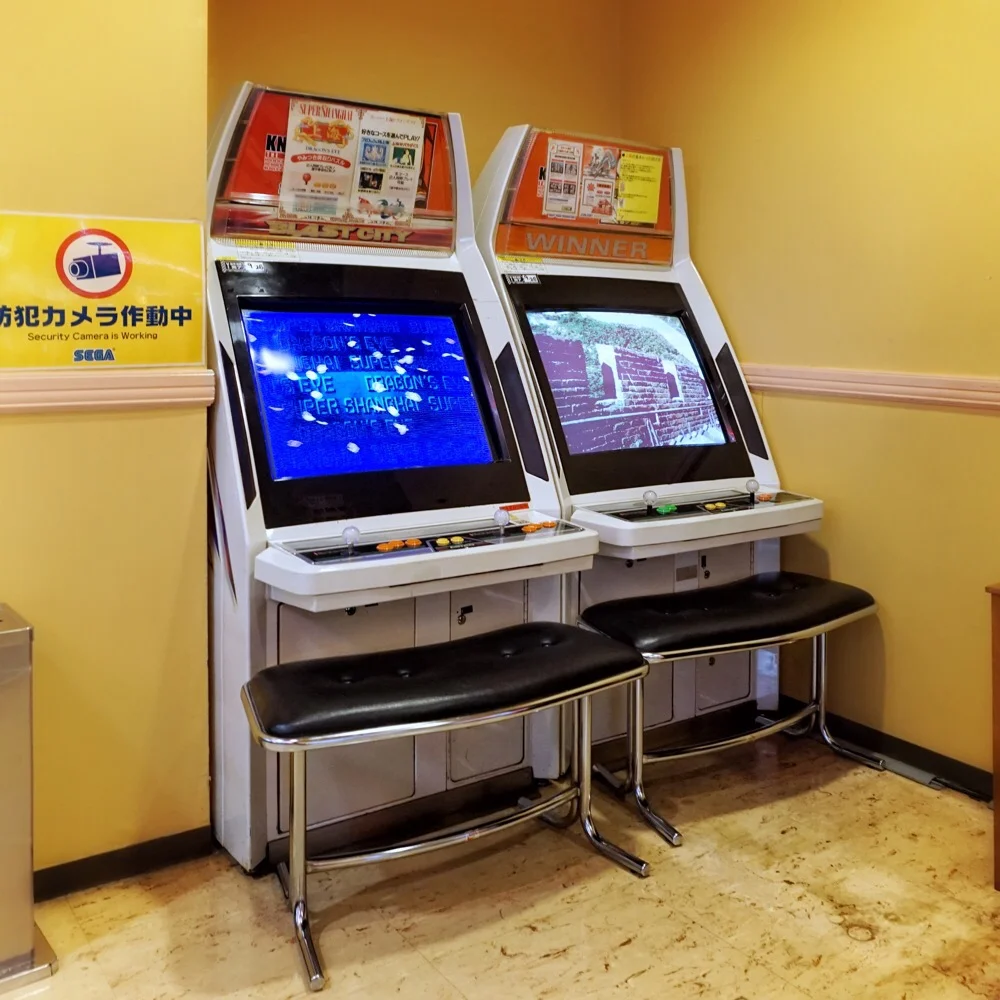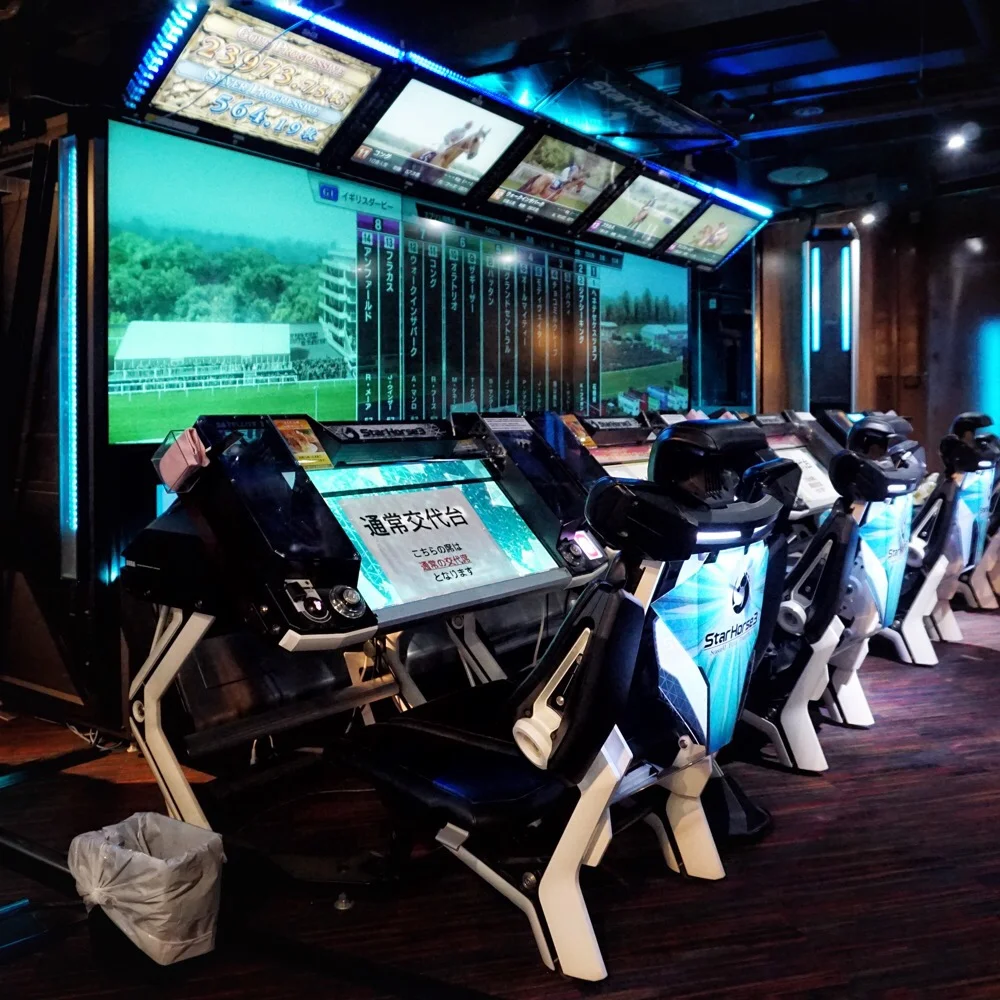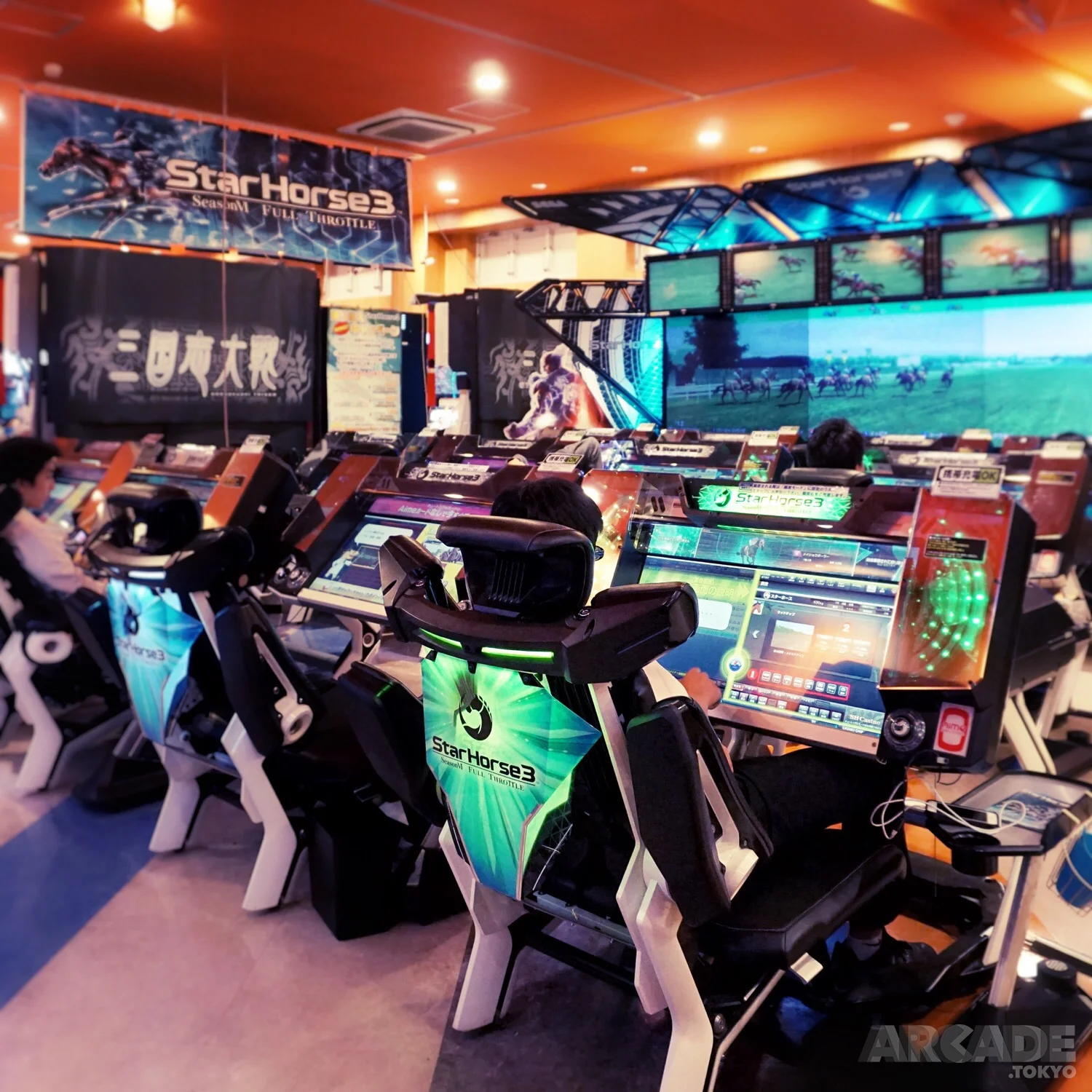Our Trusty Steed
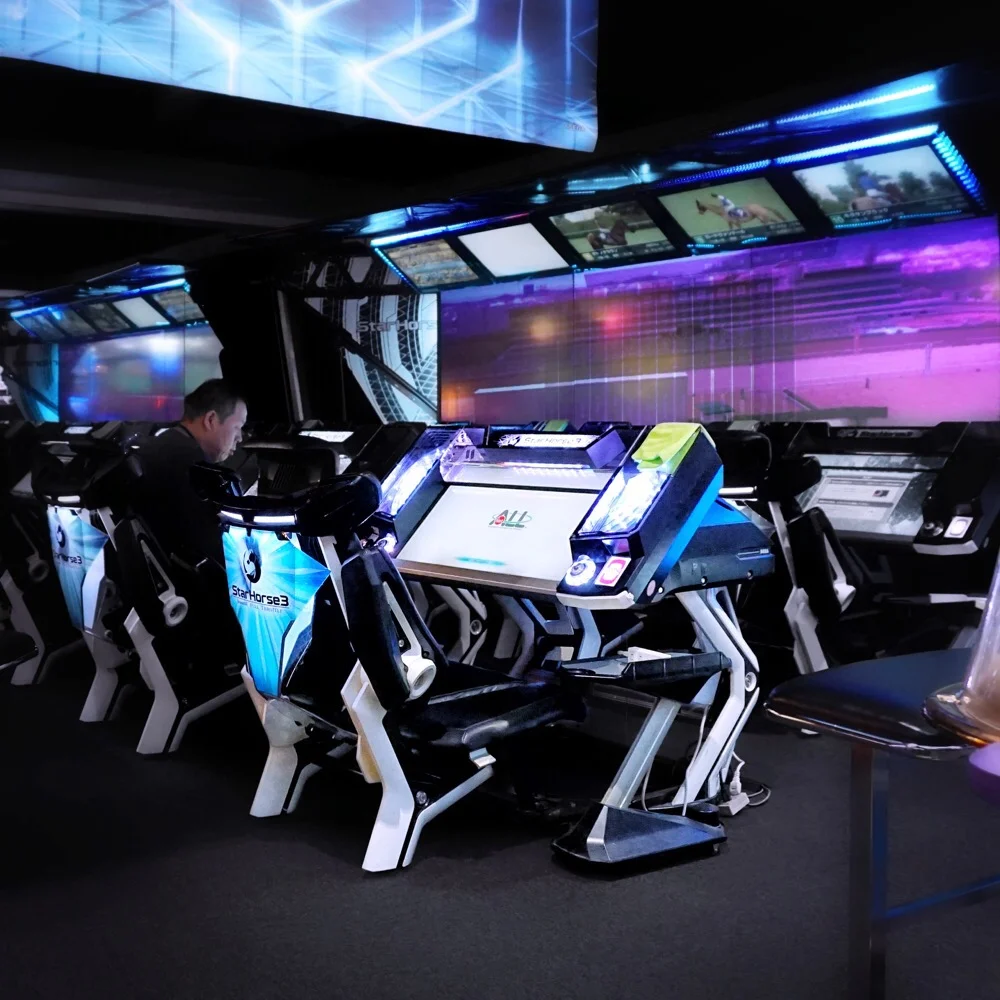
Star Horse helped me learn a lot about Japan.
I spent a day of servility and worship last autumn pilgrimaging to Sega arcades in 20 different Tokyo districts. Apart from the multitudinous existential epiphanies that befell me that day, I discovered an eternal cosmic truth: the demographics of an area can be ascertained from the proportion of its game centre space committed to Star Horse.
In a parish under watch of a school, Star Horse inhabits but a modest shrine. Youth, after all, has for time immemorial gravitated to crane games, date-friendly sit-in attractions, and nerdy cartoon franchises – not to racing stable management simulators.
In a village peopled by retirees, meanwhile, gambling is one of the highest rites, but since ancient times, the ceremonial medal games have been electro-mechanicals and recreations of traditional table and card games passed down through generations.
In the township of Jiyugaoka, however, whence commute the mid-to-late-career salarymen by carriage to the Heart of The 23 Special Wards, Star Horse resides in a lavish temple. The Sega itself is meagre and diffident, but proffers from prostrate pose a relative bounty of Star Horse pews. One imagines the offertory keeps the Sega-uniformed clergy in comfort disproportionate to the aching abstemiousness of the parishioners in their ashtray-cupholder-plugsocket-table-reclining-ergonomic seats.
As the photograph suggests, there is in truth no such thing as a small alter to the Star Horse. The screens are wall-filling – it is only a question of how many walls.
Photographer and writer covering Tokyo arcade life – the videogames, the metropolis and the people


